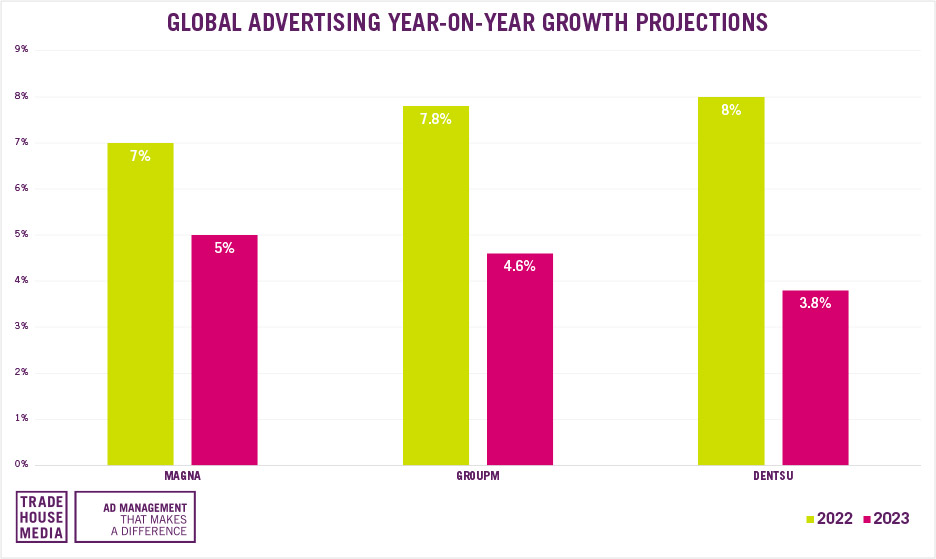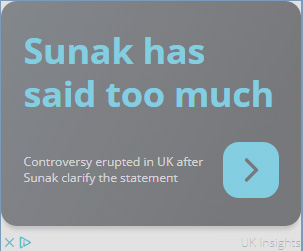
5 min read
Junk Ads & The Subtle Art of Giving a Block
We all hate them. They are the scourge of the internet. They are everywhere and they appear to be on the rise. Let’s talk about junk ads.
junk ads
We all hate them. They are the scourge of the internet. They are everywhere and they appear to be on the rise. Let’s talk about junk ads and why they seem to be getting worse.
JUNK ADS
Bad ads have been a topic of conversation since the advent of online advertising and came into prominence in 2008 when the first known “malvertising” (a portmanteau of malicious software advertising) was spotted in the wild, affecting Myspace. Shortly afterwards, The New York Times was hit with a malicious ad that installed rogue software on their users’ computers. By 2010, malvertising had really taken off.
These days, malvertising is an ongoing concern. However, malware often hides in the shadows and is not as overtly in-your-face as the junk ads we are discussing today: poorly designed, irrelevant ads that are often distasteful, offensive or just plain bizarre.
In fact, the problem has become so endemic that it was covered by Tiffany Hsu in The New York Times in her piece entitled, “Why Are You Seeing So Many Bad Digital Ads Now?”.
Evidence of a junk-ad epidemic is anecdotal; tech platforms rarely reveal data on who advertises with them and how often. Also, quality is in the eye of the beholder — ads are sometimes most successful when they are eye-catchingly terrible.
WHY AM I SEEING JUNK ADS ON MY SITE?
Junk ads have always been a problem in the supply chain. With hundreds of demand side platforms (DSP) bidding on inventory through hundreds of supply side platforms (SSP), the opportunity for malicious or junk ads has been an ever present concern for publishers selling their inventory on the open market.
The historical tool to combat these ads has been exhaustive blocklists at an SSP level. These are lists of brands—even entire categories of advertisers—that are manually configured as rules to block these ads from being shown on your site.
For example, at Trade House Media, we work with every SSP vendor to have them install a strict block against the following categories (among others) as standard:
- Adult Entertainment
- Dating
- Drugs
- Firearms
- Gambling
- Get Rich Quick
- Politics
- Sensationalism
- Weight Loss
THE SSP BLOCKLIST MODEL IS BROKEN
The challenges with this traditional approach are manifold. Firstly, it relies on exhaustive lists to be collated manually in conjunction with the publishers and SSPs, creating opportunities for certain brands or categories to be missed. Secondly, junk ads are often maliciously miscategorised to evade these blocks. The junk ads are designed to bypass very brittle moderation algorithms.
This drop in premium advertising spend means that smaller advertisers are able to access the online advertising ecosystem far more economically, creating the impression that high quality brand ads are in decline whilst junk ads are on the rise.
Which brings us to the fourth—and perhaps most important—reason: these blocklists rely wholly on the SSP’s and their ability to block these ads from their platform. In most instances, their blocking process is completely manual. A simple spreadsheet of domains, brands and categories are supplied to the SSP team over email, who then confirm that the blocks are in place. This typically all takes place with no visibility to the publisher and no accountability for errors made by the SSPs.
Worse still, many are also only able to block at category level, resulting in hard to categorise junk ads slipping through the net.
This problem is exacerbated further by the swathe of layoffs that have occurred in the adtech space. Recently, TripleLift laid off one-fifth of its workforce, Yahoo shuttered its entire SSP business and EMX filed for chapter 10 bankruptcy. This was hot on the heels of Google, Meta, Amazon and Oracle (all major players in programmatic advertising) laying off tens of thousands of employees. The result is fewer guardrails and fewer employees to enforce these guardrails.

WHAT CAN PUBLISHERS DO TO PREVENT BAD ADS?
If that all sounds to you like a broken, unworkable system, you’re not wrong. The tools the SSPs have at their disposal are often a black box and not fit for purpose. In a perfect world, SSPs would take responsibility for the ads that are running on their platforms. Though, in the absence of this utopia, there are a number of steps that a publisher can take to ensure that junk ads are kept to a minimum.- MAINTAIN YOUR BLOCKLISTS: Too many publishers set up a blocklist on day 1 and rarely, if ever, add to it. New junk ads, new advertisers and entire new categories are popping up constantly.
- RETRIEVE TECHNICAL INFORMATION ON THE JUNK ADS YOU ARE SEEING: Often a screenshot of the offending ad doesn’t give us or the SSPs enough to work with to understand who the advertiser is and where the ad is coming from. Whilst not always possible, the perfect scenario is one in which publishers are able to use “inspect element” tool in Google Chrome to screenshot the source code of the ad.
- BE VIGILANT IN WHO YOU WORK WITH: Many ad networks and the SSPs they partner with have a vested interest in not blocking these ads. They are paid regardless of the quality of the ads being displayed. As a result, the appetite to prevent these ads from displaying and annoying your users is oftentimes lacking. Only work with reputable partners who are responsive to any requests around junk ads.